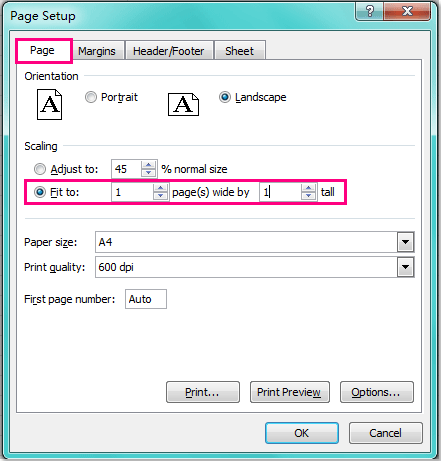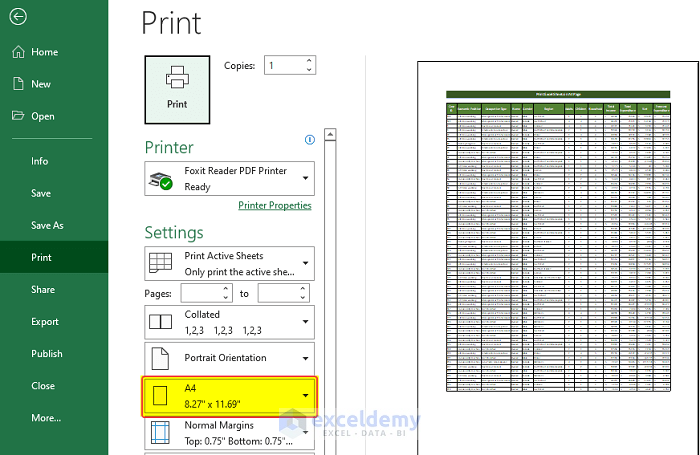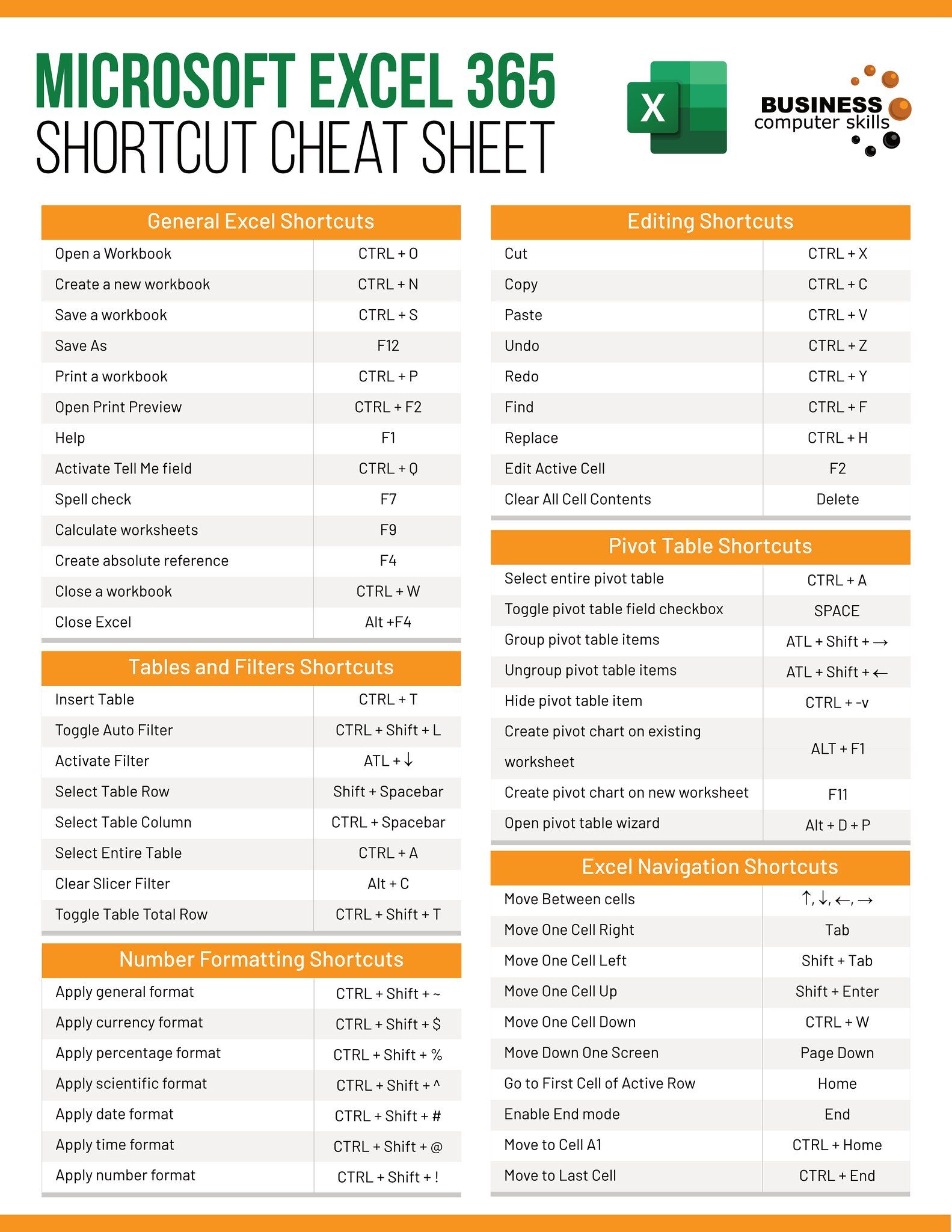Print Large Excel Sheets on One Page Easily

Managing and printing large Excel spreadsheets can often be a cumbersome task, particularly when you want the entire dataset to fit neatly onto a single page. Whether you're preparing reports, presentations, or need a hard copy for reference, ensuring that your data fits well and is readable requires some savvy adjustments. Here's a step-by-step guide on how to print large Excel sheets onto one page, making the process both efficient and straightforward.
1. Optimize Your Sheet Layout

Before diving into the printing settings, optimize your Excel sheet:
- Remove unnecessary rows/columns: Delete any blank or irrelevant rows and columns to reduce the data volume.
- Resize rows/columns: Use CTRL + + (Windows) or CMD + + (Mac) to auto-adjust row and column widths to fit content.
- Consolidate data: If possible, combine related data to minimize space usage.
2. Adjust Print Settings

Now, navigate to the ‘Page Layout’ tab to tweak your print settings:
- Fit to: Under the ‘Scale to Fit’ group, choose ‘Fit to:’ and set it to 1 page wide by 1 page tall. This automatically scales your worksheet to fit onto one page.

3. Use Print Area and Margins

Define your print area:
- Select the range you want to print, go to ‘Page Layout’ > ‘Print Area’ > ‘Set Print Area’.
- Adjust Margins: Smaller margins give more space for your data. Go to ‘Page Layout’ > ‘Margins’ > ‘Custom Margins’.
4. Scale Content Manually

If auto-fit is too small or too large, you can:
- Manual Scale: Under ‘Scale to Fit’, adjust the ‘Width’ and ‘Height’ to a percentage that fits your needs.
5. Page Orientation and Size

Ensure you use the best page layout:
- Orientation: Choose ‘Landscape’ if your data is wider than tall.
- Paper Size: Opt for a larger paper size if available, like A3, for more space.
6. Print Preview and Adjustments

Use ‘File’ > ‘Print’ to preview how your document will look. Here, you can:
- Adjust Sheet Options: Gridlines, row and column headings can be added or removed to save space or enhance readability.
- Tweak Page Breaks: If automatic page breaks aren’t where you want them, manually adjust them under ‘View’ > ‘Page Break Preview’.

7. Printing in Sections

If fitting everything onto one page is not feasible:
- Divide your sheet: Use headers, footers, or titles to separate sections into logical pages.
- Print specific areas: Print individual sections or tables if the data doesn’t fit neatly together.
🖨️ Note: Always check your final print layout in the print preview to avoid surprises and waste.
In summary, when printing large Excel sheets onto one page, the key is in the preparation and adjustment of your worksheet. By using the scale options, print areas, and orientation settings wisely, you can make your data fit snugly onto one sheet without compromising readability. This method not only saves paper but also makes your presentation more professional and easier to follow.
Why do I need to optimize my Excel sheet before printing?

+
Optimizing your sheet removes unnecessary clutter, making it easier to fit the important data onto a single page and improving readability.
Can I save custom print settings in Excel?

+
Yes, you can save custom print settings as part of the workbook or use ‘View’ > ‘Custom Views’ to save different views of your worksheet, including print settings.
How can I make text smaller or larger without affecting the overall scaling?

+
Adjust font size for specific cells or columns manually. This won’t change the scaling settings but can make room for more data.